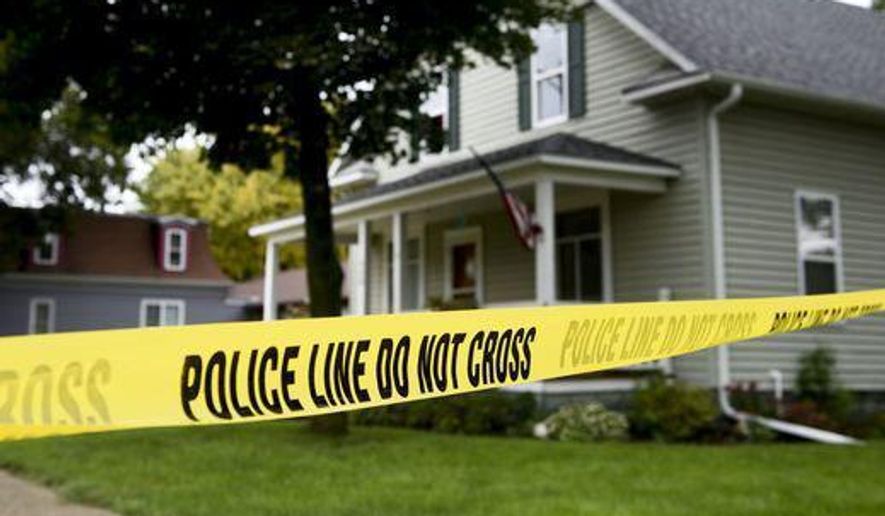The U.S. homicide rate in 2020 is poised to take its biggest annual jump in the 60 years the FBI has compiled nationwide data.
An FBI report due out Monday is expected to show an increase in the national homicide rate for 2020 of nearly 29% — more than double the previous highest single-year increase, the 12.7% rise in 1968.
The agency’s Uniform Crime Report will be published Monday and preliminary data temporarily uploaded to the FBI website showed approximately 21,500 homicides last year — about 5,000 more than the previous year, according to a report in The New York Times. The overall homicide rate, however, is still lower than that of the 1990s.
An FBI spokesperson would not confirm if the now-removed UCR data reported Wednesday by NYT was correct, but told the newspaper that any updates or changes to the final report due next week were highly unlikely to change the overall conclusions.
Cities across the country reported dramatic increases in killings last year.
In Milwaukee, homicides nearly doubled from 2019 to 2020, from 97 to 190.
In Houston, 400 homicides in 2020 marked a 15-year high.
The 198 homicides in the District of Columbia were a 16-year high.
Michael Mancuso, president of the Baltimore City Fraternal Order of Police Lodge No. 3, told The Washington Times that the rise in killings “is no surprise to those of us in cities where leadership functions with a ‘defund the police’ mentality.”
“If these cities don’t start staffing their departments while improving pay and working conditions, the violence will rage on,” he said, adding that the Baltimore Police Department is down at least 500 officers as a direct result of low wages, poor working conditions and “anti-police radicals.”
Baltimore homicides in 2020 (335) fell, compared to 2019 (348), but Mr. Mancuso said the city is currently averaging at least 1 homicide per day and is on pace for a potentially record-setting year.
Baltimore homicides stand at 250 so far this year.
A survey published this month by the Police Executive Reform Commission suggests the deadly national trend documented in the early leak of Monday’s FBI report is continuing into 2021.
The total number of homicides reported by more than 150 police agencies was 12% higher in the first seven months of 2021 compared to the same time last year.
The FBI numbers aren’t all bad — the reports showed crimes overall in 2020 dropped by 4% to 5%. But violent crime went up by about 5%, according to the NYT.
Betsy Brantner Smith, a spokesperson for the National Police Association, echoed Mr. Mancuso’s comments and said the preliminary data “confirmed what law enforcement and those who support us have been warning about for the past 15 months.”
The “defund the police” movement, she said, has had “disastrous consequences,” especially for people of color in low-income urban areas where police have been “vilified, overworked and hamstrung, often leaving the community or even the profession.”
“Many ‘defund’ politicians tried to walk back their anti-police stance as violent crime rose in 2020,” she said. “Others tried to blame the other side of [the] aisle, but still others doubled down on their scurrilous and fictional claims that American policing must be ‘reimagined’ or that law enforcement officers are racist and violent.”
The retired police sergeant said the statistics show people need to support police who are risking their lives to stop the surge in violent crime.
The PERC report also showed the total number of shootings and carjackings has increased in the first seven months of 2021, compared to the same time last year.
Laura Cooper, executive director of the Major Cities Chiefs Association, said Thursday that police leaders nationwide “have been speaking out about not only the rise in violent crime that their cities have been facing, but the number of victims who endure the direct effects of these horrific incidents.”
Addressing the violence is challenging because the causes are “all over the map,” she said.
“From guns and social media to unemployment fraud and gang feuds, it is difficult for law enforcement to prevent and combat crime when the source of this violence checks so many different boxes.”
• Emily Zantow can be reached at ezantow@washingtontimes.com.




Please read our comment policy before commenting.